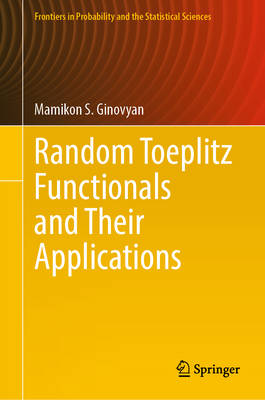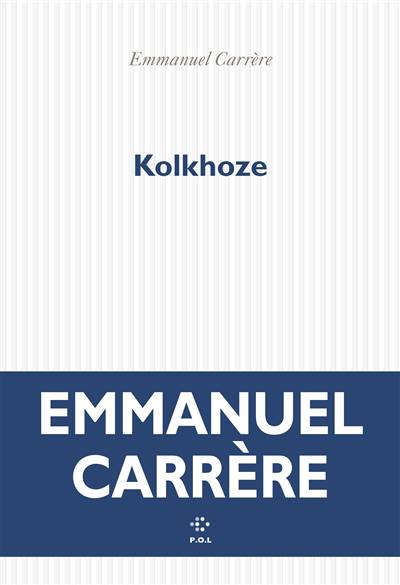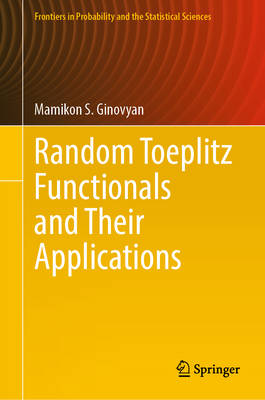
- Retrait gratuit dans votre magasin Club
- 7.000.000 titres dans notre catalogue
- Payer en toute sécurité
- Toujours un magasin près de chez vous
- Retrait gratuit dans votre magasin Club
- 7.000.0000 titres dans notre catalogue
- Payer en toute sécurité
- Toujours un magasin près de chez vous
Description
This book presents recent findings on central and non-central limit theorems for Toeplitz and tapered Toeplitz random quadratic functionals of stationary processes, with applications in spectral-based statistical inference. It focuses on Gaussian, orthogonal increment-driven, and Lévy-driven linear stationary processes with memory, in both discrete and continuous time. Toeplitz matrices and operators are central to the study of stationary processes. The covariance matrix of a discrete-time stationary process is a truncated Toeplitz matrix generated by the process's spectral density; in continuous-time, this becomes a Toeplitz operator. The foundations of the trace approximation problem were laid by Grenander and Szegö in their classical monograph "Toeplitz Forms and Their Applications" (1958), and the subject has recently seen renewed interest due to developments in long-range dependence and tapered data analysis. The book addresses topics that are often overlooked in other texts, including the trace approximation problem, central limit theorems in continuous time, functional central and non-central limit theorems for Toeplitz processes, and central limit theorems for tapered functionals. It also covers approaches to estimating linear and nonlinear spectral functionals, Whittle estimators, and goodness-of-fit tests using tapered data - each enriched by new advances in the field. Comprising ten chapters and two appendices, the book begins with an overview of the main problems and a review of foundational concepts from real analysis, functional analysis, and matrix analysis. It then introduces a model that is a second-order stationary process and discusses key concepts and results from the general theory of stationary processes, before delving into the trace approximation problem. Subsequent chapters cover central and non-central limit theorems for Toeplitz and tapered Toeplitz random quadratic functionals and explore statistical inference problems. The appendices discuss the motivations and benefits of data tapering, and outline several important problems closely related to the main themes of the book. The text will be a valuable resource for researchers in time series analysis, econometrics, finance, and applied statistics. It is suitable for graduate-level courses in time series analysis or the statistics of stochastic processes, and as a supplementary reference for students of advanced statistics, probability, econometrics, or finance.
Spécifications
Parties prenantes
- Auteur(s) :
- Editeur:
Contenu
- Nombre de pages :
- 409
- Langue:
- Anglais
- Collection :
Caractéristiques
- EAN:
- 9783032009609
- Date de parution :
- 30-10-25
- Format:
- Livre relié
- Format numérique:
- Genaaid
- Dimensions :
- 155 mm x 235 mm

Les avis
Nous publions uniquement les avis qui respectent les conditions requises. Consultez nos conditions pour les avis.






